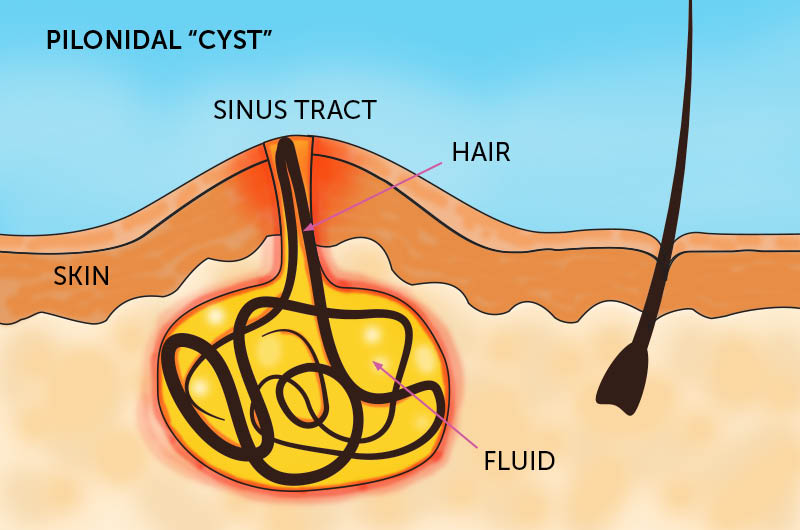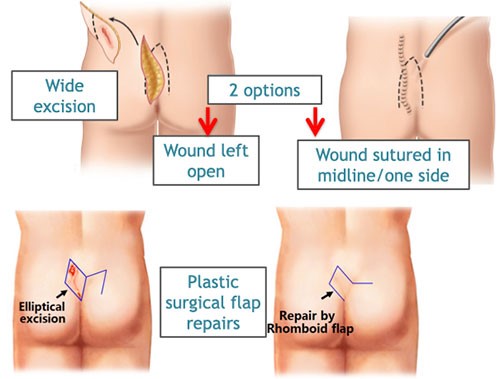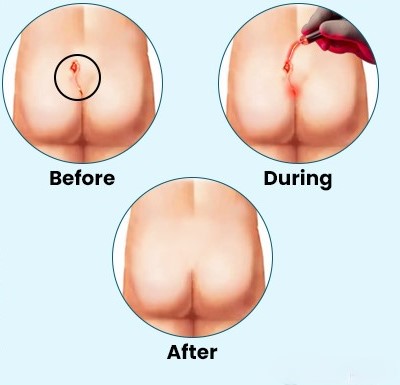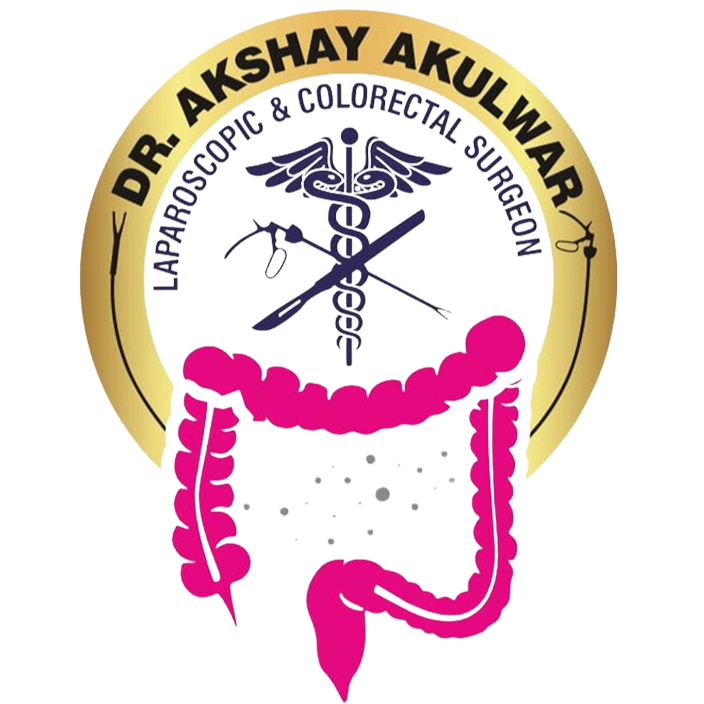Pilonidal Sinus Surgery - Risks, Benefits, & Treatments
What is Pilonidal Sinus?
Pilonidal sinus is a medical condition that occurs due to the formation of a cyst or abscess in the cleft of the buttocks. The condition is more common in men than women and usually affects people who sit for longer periods.
There are two types of pilonidal sinus - acute pilonidal sinus and chronic pilonidal sinus.
Acute pilonidal sinus is a one-time problem, and it doesn't recur once treated. The most common symptom is pain and tenderness in the area around the natal cleft. The affected area may also be red and swollen. Acute pilonidal sinus is usually caused by an infection, which can be bacterial or fungal in nature.
Chronic pilonidal sinus is a long-term condition that becomes severe over a period of time. The symptoms of chronic pilonidal sinus are similar to those of acute pilonidal sinus, but they may be more severe. In chronic cases, the affected area may develop a small pit or sinus that drains pus. The condition may also cause recurrent infections, which can lead to the formation of abscesses.
Pilonidal sinus can be treated with medications and home remedies in initial stage. Surgical treatment for severe cases of pilonidal sinus is necessary to remove the sinus tract and prevent the recurrence of the condition.

How is Pilonidal Sinus Diagnosed?
Pilonidal sinus can be diagnosed by an experienced proctologist. During the consultation, the doctor may ask you about your medical condition, medical history etc. The most commonly performed tests for the diagnosis of pilonidal sinus include:
Physical Examination
To diagnose pilonidal sinus, your doctor will first physically examine the affected area. They will look for signs of inflammation, such as redness, swelling, or tenderness. They may also look for signs of infection, such as the presence of pus or drainage.
Imaging Tests
Your doctor may recommend imaging tests, such as an ultrasound or MRI, to get a better understanding of the severity of the condition or the chances of any other complications.
Biopsy
If your doctor suspects that you have pilonidal sinus, they may also perform a biopsy. During a biopsy, your doctor will take a small sample of tissue from the affected area and send it to a lab for analysis. This can help confirm the diagnosis and find out other possible conditions.
What is the Surgical Treatment For Pilonidal Sinus?
Surgery is often recommended for pilonidal sinus because it is a condition that tends to recur. The main goal of surgery is to remove the affected tissue and prevent the formation of new pilonidal sinuses.
Several surgical techniques can be used to treat pilonidal sinus, including:
Lancing
During lancing, your doctor will make a small incision in the affected area to drain the abscess and relieve pain and discomfort. This can be done in a doctor's clinic or outpatient setting and is typically followed by wound care and antibiotics. Lancing is often effective in treating pilonidal sinus and may be recommended when other treatments have failed.
Open surgery for pilonidal sinus
There are two common types of open surgery- incision-drainage and pilonidal cystectomy.
- Incision and drainage- Incision and drainage treatment is a common approach for managing pilonidal sinus. The procedure involves making a small cut in the affected area to drain the pus-filled abscess. This helps to relieve pain and prevent the infection from spreading. After drainage, the wound is packed with gauze or left open to heal from the inside out. Antibiotics may also be prescribed to prevent further infection.
- Open pilonidal cystectomy- Open pilonidal cystectomy is a surgical treatment for pilonidal sinus. The traditional procedure for Pilonidal cystectomy involves making an incision over the cyst, excising the cyst and surrounding tissue, and draining any abscesses.

Based on the size of the cyst removed, the doctor may or may not pack the area with surgical gauze. In cases where the infection is severe, the doctor places a tube to drain the fluid from the cyst. The tube is only removed when the entire fluid has been collected from the cyst to reduce the chances of recurrence.
Laser pilonidal sinus treatment

Laser pilonidal sinus treatment is a minimally invasive technique that has been proven effective in treating pilonidal sinus. The procedure involves the use of laser energy to destroy the sinus tracts with a few incisions.
This results in faster healing time and reduced risk of complications. Patients can expect to return to normal activities within a few days. Laser treatment is a viable option for those seeking a less invasive approach to pilonidal sinus treatment.
After surgery, patients typically need to keep the area clean and dry to prevent pilonidal sinus infection and promote healing. Pain medication may also be prescribed to manage discomfort. With proper care, most patients can expect to make a full recovery within a few weeks.
What are the Benefits of Pilonidal Sinus Laser Surgery?
Pilonidal sinus laser surgery offers various benefits, including;
- Minimally invasive: Laser pilonidal sinus surgery is a minimally invasive procedure that involves less pain and bleeding.
- Outpatient procedure: The procedure is done on an outpatient basis, which means no overnight hospital stay is required.
- Fast recovery: Laser surgery has a shorter recovery time compared to traditional surgery.
- Lesser chances of recurrence: Laser surgery reduces the chances of recurrence compared to traditional surgery.
- No or less scarring: The procedure involves less scarring due to the smaller incisions made during surgery.
- High success rate: Laser surgery has a higher success rate for treating pilonidal sinus disease.
- Precise: Laser surgery is a more precise method of treating pilonidal sinus disease.
- Cost-effective: Laser surgery is a more cost-effective option as it requires fewer hospital resources and is less likely to require additional procedures.
